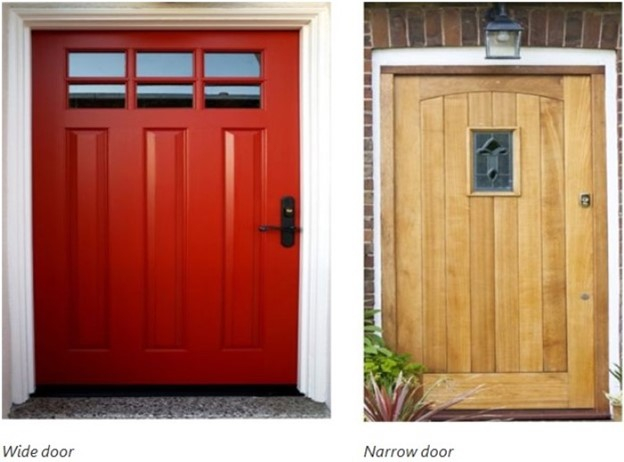
 Data Structure
Data Structure Networking
Networking RDBMS
RDBMS Operating System
Operating System Java
Java MS Excel
MS Excel iOS
iOS HTML
HTML CSS
CSS Android
Android Python
Python C Programming
C Programming C++
C++ C#
C# MongoDB
MongoDB MySQL
MySQL Javascript
Javascript PHP
PHP
- Selected Reading
- UPSC IAS Exams Notes
- Developer's Best Practices
- Questions and Answers
- Effective Resume Writing
- HR Interview Questions
- Computer Glossary
- Who is Who
How Do You Define Bandwidth and Throughput in Wireless Communications?
A wireless communication link is specified or characterized in terms of some performance metrics. We call these performance metrics as 'Quality of Service' (QoS) metrics or parameters. Some of the major QoS parameters include bandwidth, throughput, jitter, latency and bit error rate.
Bandwidth and Throughput – Key Terms
Bandwidth is a popular term used in the context of both networking and communications. In networking, the bandwidth is specified using bps (bits per second), kbps (kilobits per second), Mbps (Megabits per second) and so on.
In communications, bandwidth is measured in the unit kHz (kilo Hertz), MHz (Mega Hertz), GHz (Giga Hertz) and so on. Throughput is also a quality-of-service parameter and is specified in the same units as bandwidth.
What is the definition of Bandwidth in Wireless Communications?
Bandwidth refers to a range of frequencies. It is the difference between the highest and lowest frequencies present in the considered frequency range. When the difference between these two frequencies is large, the bandwidth of the system is also large.
Bandwidth refers to a range of frequencies

How would you define throughput in wireless communications?
Throughput refers to the amount of data flowing down a network at any given unit of time. While bandwidth specifies the net achievable link speed, throughput is the actual link speed as seen in real time scenarios.
In practice, throughput is less than the bandwidth. In the best case, throughput is equal o the bandwidth.
Example 1 of bandwidth and throughput
Let us understand the concept of bandwidth with an example of box. Suppose you have a 4''x 4'' x 4'' box that can roughly accommodate 12 tennis balls. If you want to accommodate seven more balls to make the count 19, you may have to use a bigger box. A bigger box implies more balls can be accommodated. Balls in this context can be mapped to the subscribers and the box to the bandwidth.
Having a wider bandwidth enables more users/subscribers to access the network at the same time with lesser traffic or congestion than with lower bandwidth.
Box = Bandwidth, Balls = Users/Subscribers
Example 2 of bandwidth and throughput
Let us look at another example of door. Let there be a door that lets only two people to get through at any given point of time. When we replace the narrow door with a wider one, more number of people can pass through. This 'pass-through percentage' is termed 'throughput'.
Pass-through percentage = Throughput
At any given point of time, the wider door offers more throughput than the narrower one. The wider door has offered more bandwidth than the narrower one.
Throughput ≤ Bandwidth

Wide door = More bandwidth Narrow door = Less bandwidth
If the bandwidth of the system is 1 Mbps and at 500 kilobits flow down the network per second, we can say that the throughput is 50% of bandwidth.

